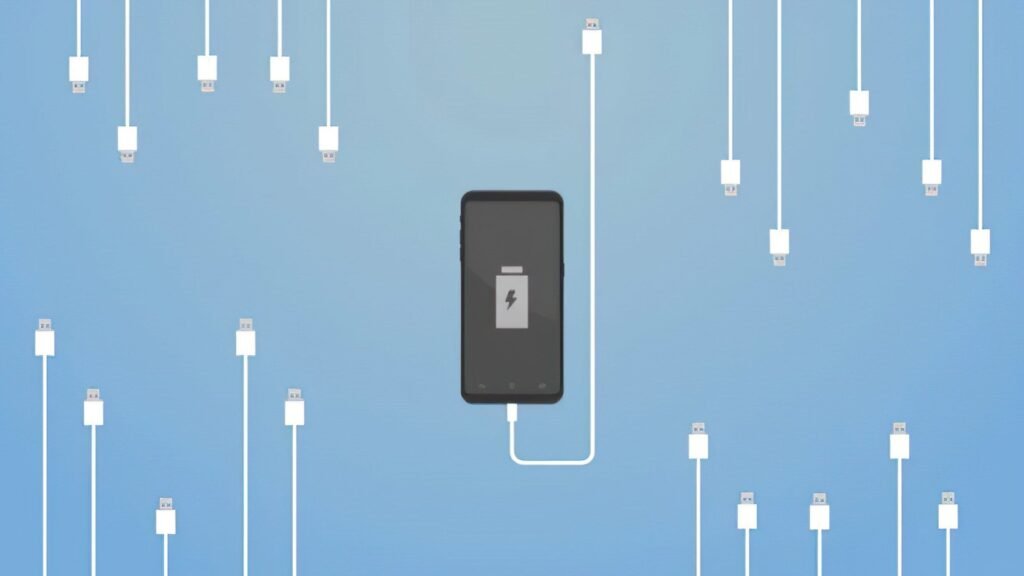iPhone USB-C Vulnerabilty Could Lead To Jailbreak

A new security flaw in the iPhone’s USB-C controller is causing a stir. Experts point to possible new jailbreak methods and warn against data access. What users need to know now and how Apple is reacting to the discovery.
Security researchers crack iPhone USB-C
An explosive discovery about Apple’s smartphones: security researchers have managed to hack the iPhone’s proprietary ACE3 USB-C controller. This chip, introduced with the iPhone 15, is a key part of Apple’s new USB-C implementation.
Not only is it responsible for power, but it also acts as a microcontroller with access to critical internal systems. The researchers used advanced techniques to bypass Apple’s security measures. Methods such as reverse engineering, side channel analysis and electromagnetic fault injection were used. These allowed them to bypass firmware validation and run modified code on the chip.
How AppleInsider reports, this discovery could have far-reaching consequences. The ACE3 controller’s tight integration with internal systems means that a compromise could potentially lead to new jailbreak techniques or persistent firmware implants. These could theoretically compromise the main iOS operating system and allow unauthorized access to sensitive data.
Access required
However, it must be mentioned that this hack requires physical access to the device and special equipment. This significantly limits the immediate danger to the general public of iPhone users. Still, the discovery highlights the increasing sophistication of hardware hacking techniques and poses a challenge to Apple’s security design. Thomas Roth, the security researcher behind the discovery, emphasizes the importance of further investigation:
By showing how to execute the ACE3’s code (and read the firmware), we lay the foundation for further research by Thomas Roth, security researcher
Apple has not yet officially responded to the discovery. Security experts like Adam Pilton from Cybersmart are not surprised:
Basically they are aware of it, but it’s a hardware problem so they won’t do anything Adam Pilton, Cybersmart
He compares potential access to read-only memory to “as if a criminal had the blueprint for a bank” and calls on Apple to take action.
What to do as an iPhone user?
For most iPhone users, there is currently no reason to worry. The complex nature of the hack and the need for physical access limit the immediate risk. However, users should remain vigilant and always keep their devices up to date with the latest iOS version. Here are some recommendations for iPhone users:
- Physical security: Be aware of who has physical access to your device
- Be careful with unknown USB-C accessories: Only use trusted chargers and cables
- Enable Charge Only: Use the Charge Only option when using public USB ports












